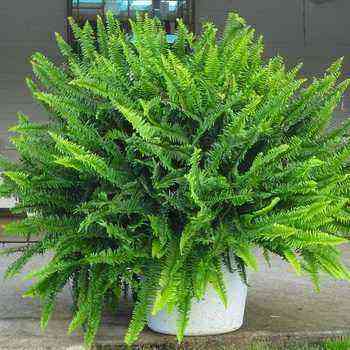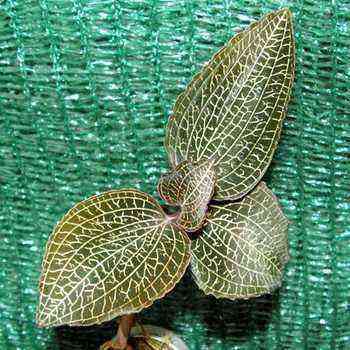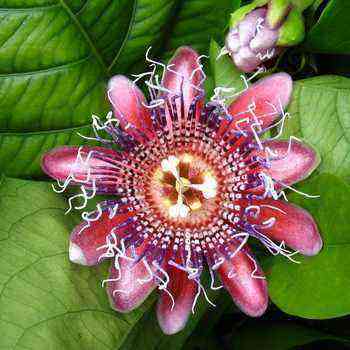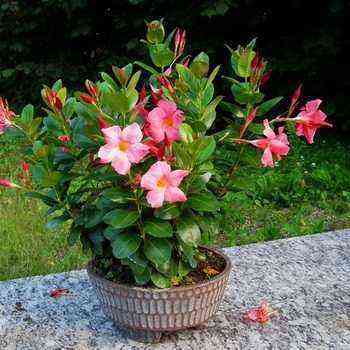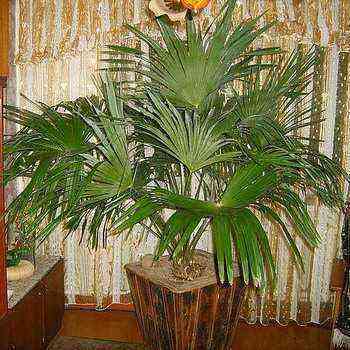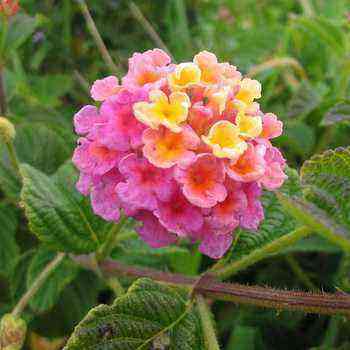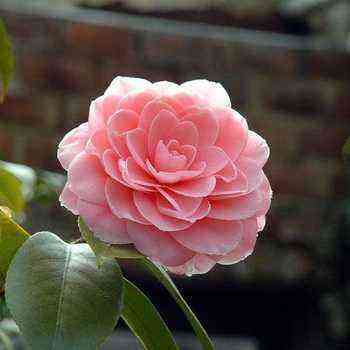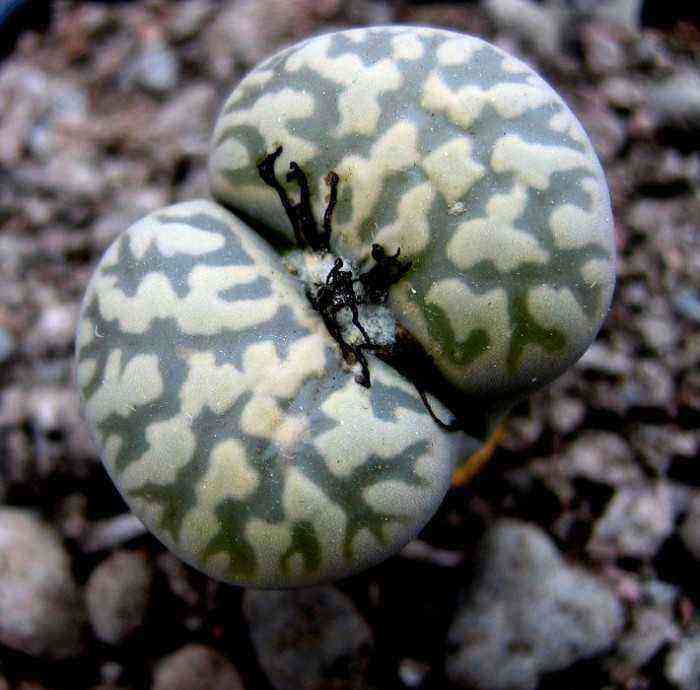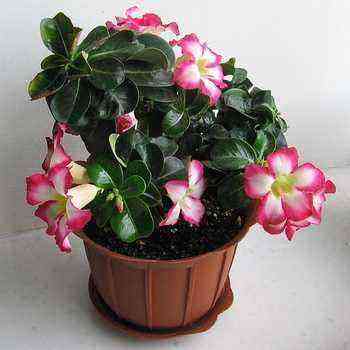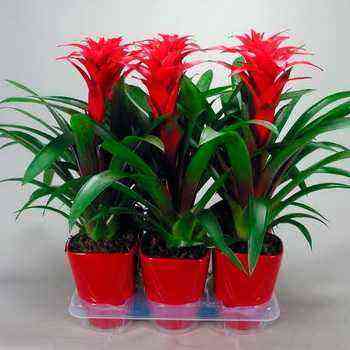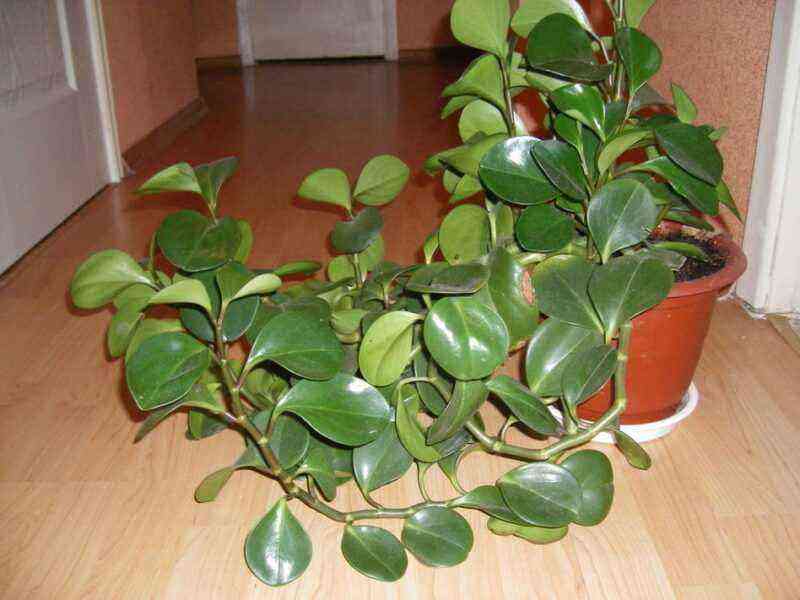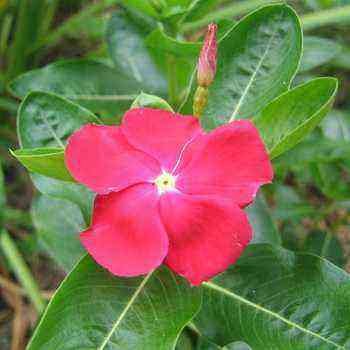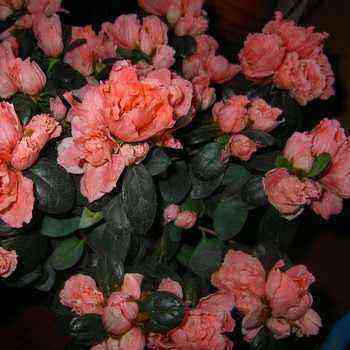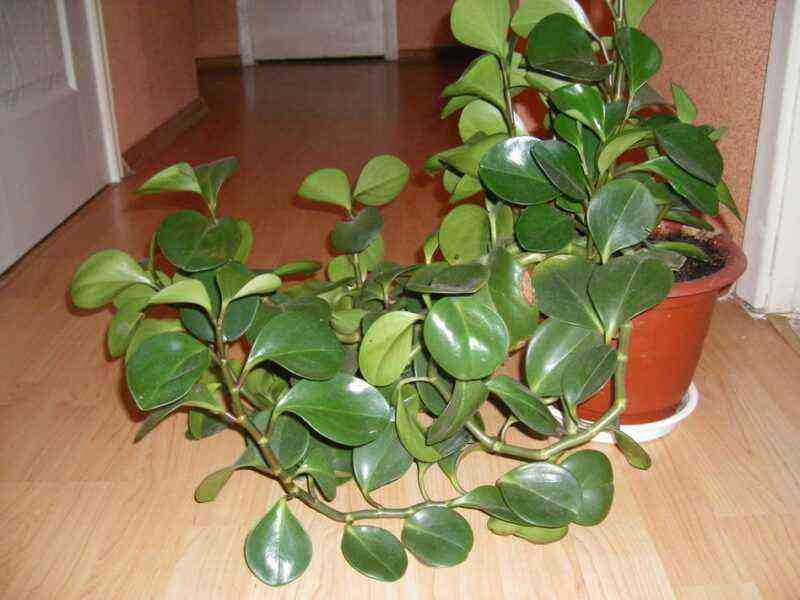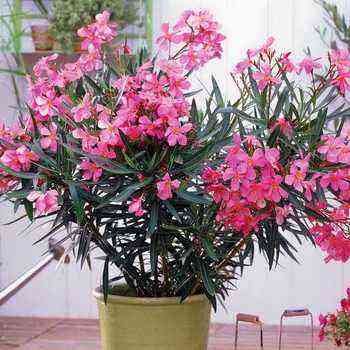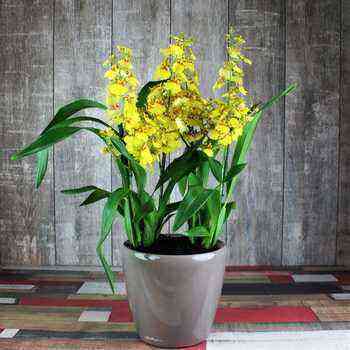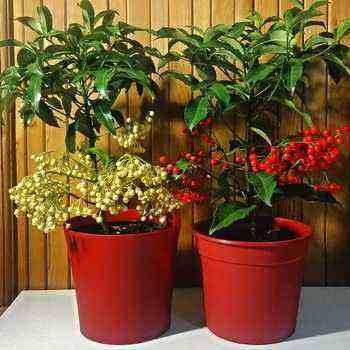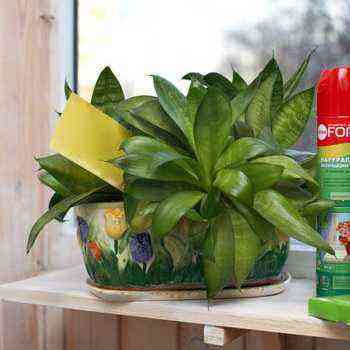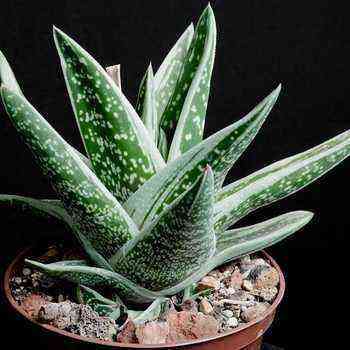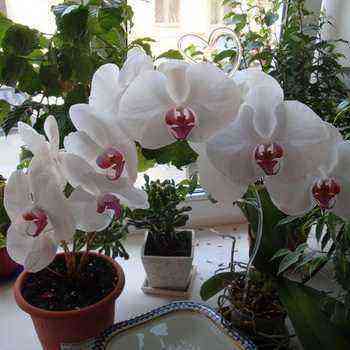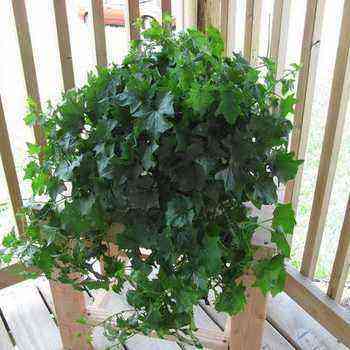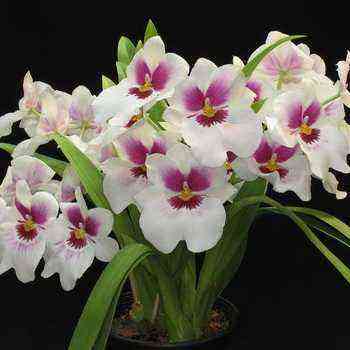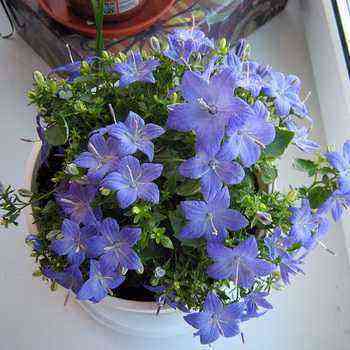Likuala is a genus of palm trees found in tropical forests in South Asia, New Guinea and the Pacific Islands. More than a hundred varieties of Likuala are known, described by one of the most famous students of the great Karl Linnaeus – Karl Peter Thunberger.
This is a rather rare small palm tree. Even in her real living environment, she does not grow above two meters, what can we say about the conditions of the apartment. Despite this, the flower is very often used for landscaping the space of offices and apartments.
Depending on the species, there can be many or only one stems. The leaves of an enormous size, round or spiral-shaped, look very much like a fan, largely due to their structure (divided into segments in the upper part). The petioles reach a meter in length.
The plant is best kept away from other flowers. We offer you to see the licual palm tree in the photo:

Licual care at home
Licuala palm does not tolerate direct sunlight, therefore, it should be provided with partial shade (it does not need bright light). In winter, it is better to keep the flower indoors, but in the summer you can take it out onto the balcony or place it in the garden, just make sure that there are no drafts around and there is reliable protection from the insidious sun rays. Properly organized care of the Licuala palm tree at home allows you to grow a strong and beautiful plant. They will brighten up any interior.
When planning the main activities for caring for a Likuala palm tree at home, do not forget that the plant is from the tropics, so it is used to heat – the temperature should be at least 20 ̊С. During wintering, it is necessary to ensure that it does not fall below 18. With a long stay in the coolness, the plant begins to die.
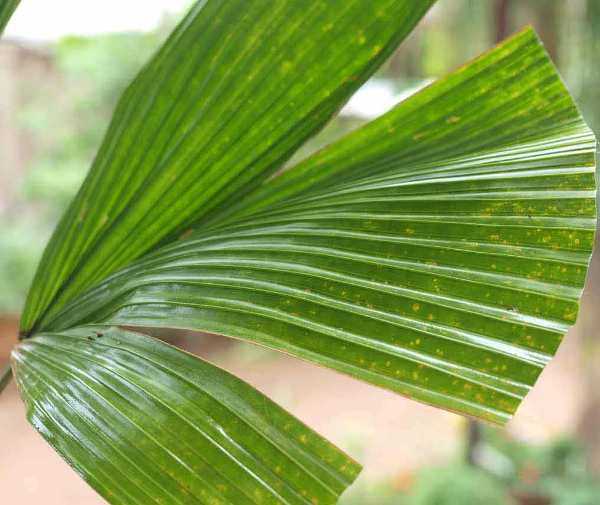
Again, due to its origin, licuala needs a lot of moisture – in winter the amount of watering will depend on the storage conditions, the rest of the time (especially during the growth period) it should be abundant so that the substrate does not dry out in any way. Like any other palm tree, this variety must also be watered with settled rain water or bottled (you can use settled boiling water). Also, do not forget to periodically spray the leaves with warm water (or at least just wipe them) to maintain the required humidity level and place water with moss in the pan. If you do not follow all the conditions, the leaves will begin to dry and lose their picturesque appearance.

Try to replant the palm tree only when necessary – for example, when the roots are already completely overgrown. But do it carefully so as not to damage them and always carry out the procedure in the spring. You can easily prepare the soil for a new sprout yourself – mix sand, leafy and soddy soil. It should also be very fruitful, so feed it with mineral fertilizers twice a week during the growing season. Provide good drainage and the right substrate (acidic or neutral).
Growing a licuala plant from seeds
The palm tree propagates using seeds. To grow a Likuala plant from seeds, they are kept for several hours in a stimulator of rapid root formation, and only then they are sown in loose soil. Cover the container with glass. Even if you create all the conditions for it, it will still grow very slowly. So get ready for the fact that the first shoots will appear only after 2-3 months (all this time they need to be constantly looked after). When the seedlings get stronger, feel free to transplant them into separate pots.
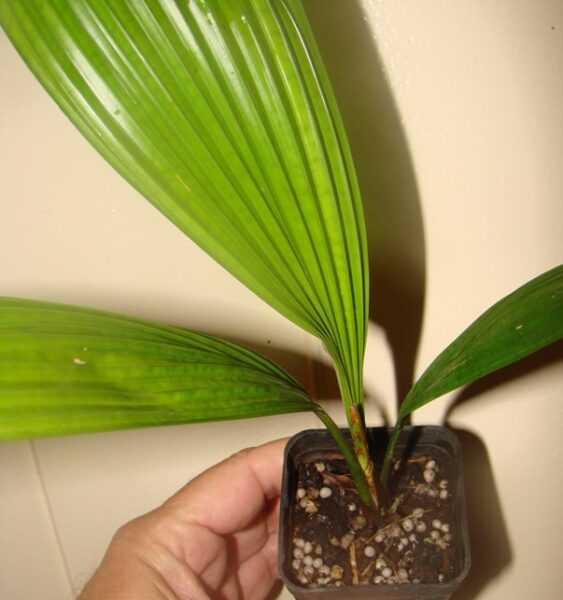
The picking of seedlings begins at a time when the plant has 2 full-fledged true leaves. Moisten the soil daily after transplanting. Keep the seedlings in a shaded, cool place until they adapt to the new soil environment. To improve the acclimatization process, you can create a mini greenhouse or cover each seedling with a glass jar.
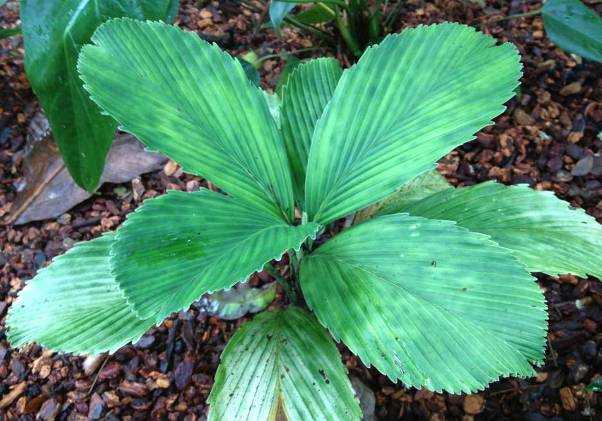
Variety Likuala large (Licuala grandis)
The Likuala variety is large – this is a huge palm tree native to low-lying tropical forests in the Solomon Islands and Vanuatu with leaves up to 2,5 meters, a trunk up to 3 meters.But few have seen such a luxury live – at home, the plant blooms very slowly and rarely reaches its maximum growth. It is a very finicky plant that needs protection from the sun and any drafts that could damage the look of its bright, smooth pleated leaves.

In the photo of the licuala plant, you can notice that, despite this, they still remain small in size. Over time, the stems they grow on will spread more laterally, and appear on tall, smooth stems.
This is the most popular variety of licual palm, as it is constantly used to decorate the landscape or garden of your site, and its small size also allows it to be used in any office and home premises. Observe all growing conditions and choose a wide container with the right soil, you can also grow a palm tree outdoors.
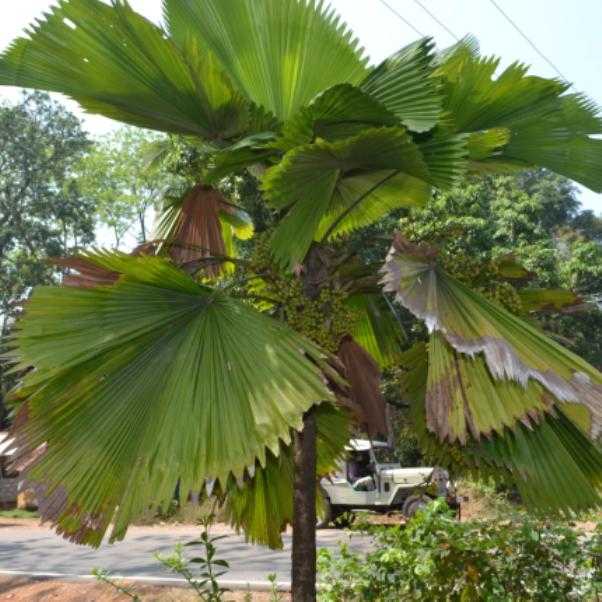
If the likuala nevertheless reaches its usual size, then you will have a chance to see an unusually beautiful sight – bright red fruits against the background of the same bright greenery.
The palm tree grows well with minimal survival conditions. It grows best in the shade of sunlight, although it can tolerate direct sunlight in humid tropics, or similar artificial home conditions. But there is a danger of getting sunburn.
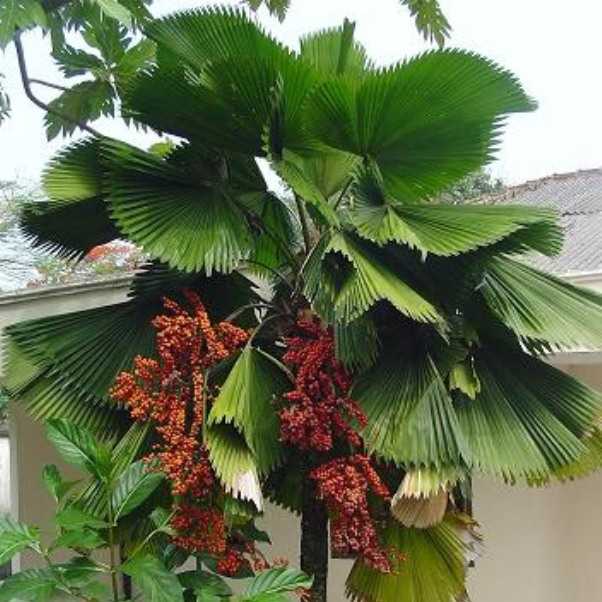
They have a moderate need for water, but not during hot and dry times. And in soil, it is better to give preference to organically enriched soil with good drainage. If there is a good drain, then, in principle, any other soil will work well, but only if there is good feeding once a month.
Remove yellowed and burnt leaves as well as flowering thorns over time (to avoid pests).
In Asian countries, the stem of the palm tree is used as the basis for the cane for the cane, nicknamed the Penang Advocate. There are two versions of the origin of this name:
The first is from the Malaysian phrase “Pinang liya” (the name of a wild palm);
The second is the use of this cane as a deadly weapon with the aim of killing your worst enemies.
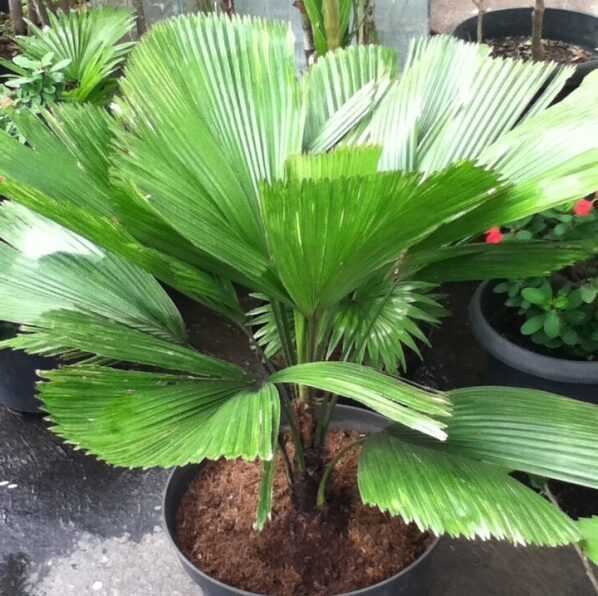
But the main area of use is decorating gardens and open landscapes in Europe and America. Recently, decoration of the interior of the house and office has also become widespread.
